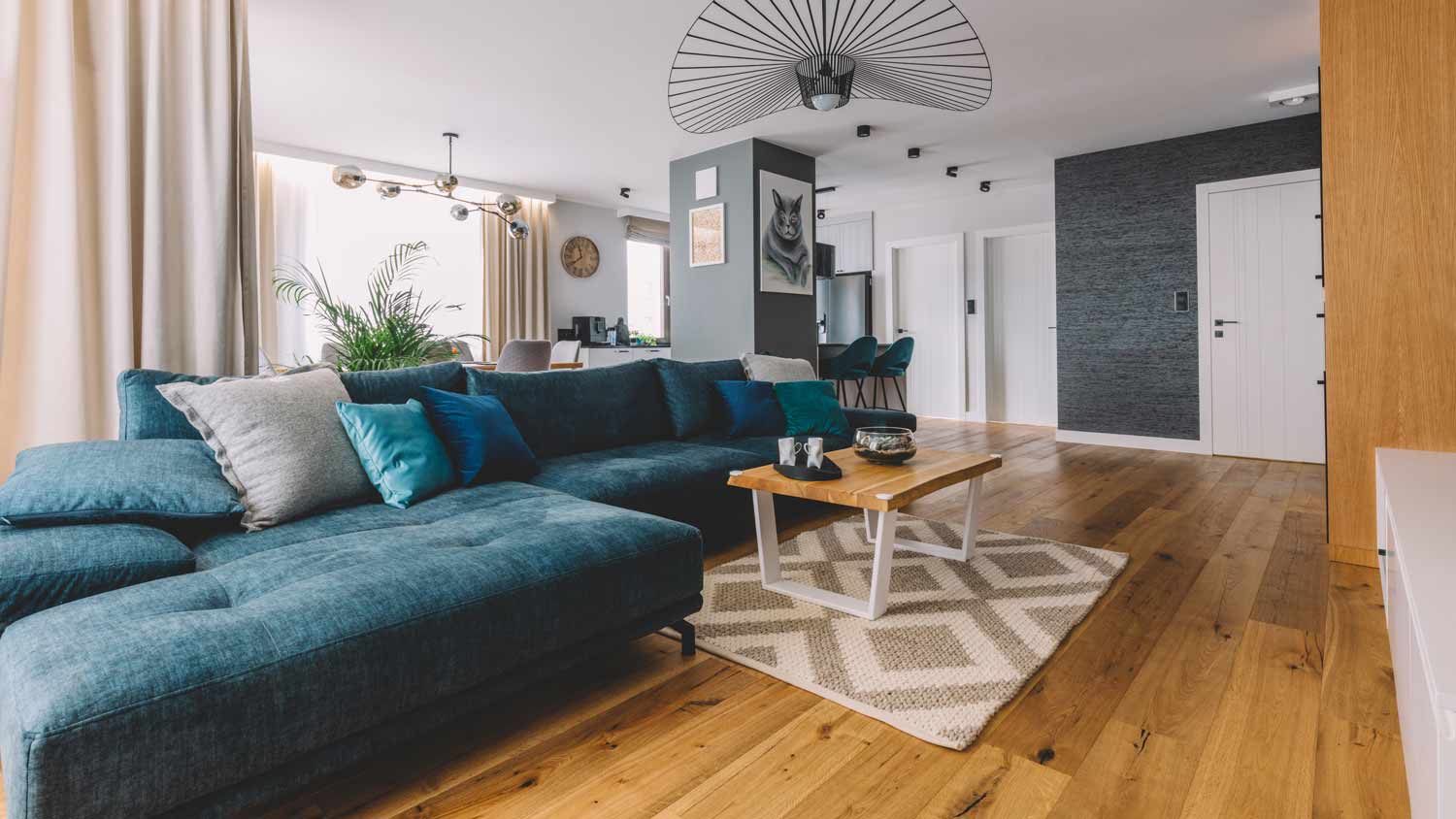7 Types of Flooring That Can Be Laid Over Carpet
Don’t pile on stress — transform your space the easy way


Are you looking to refresh your living space without the hassle of ripping up old carpeting? Whether you're a renter wanting to spruce up your temporary home or you’re seeking a cost-effective renovation solution in your forever home, laying new flooring over existing carpet can be a game-changer. Let’s explore seven options for flooring that can be laid over carpet, offering both style and practicality.
1. Vinyl Planks
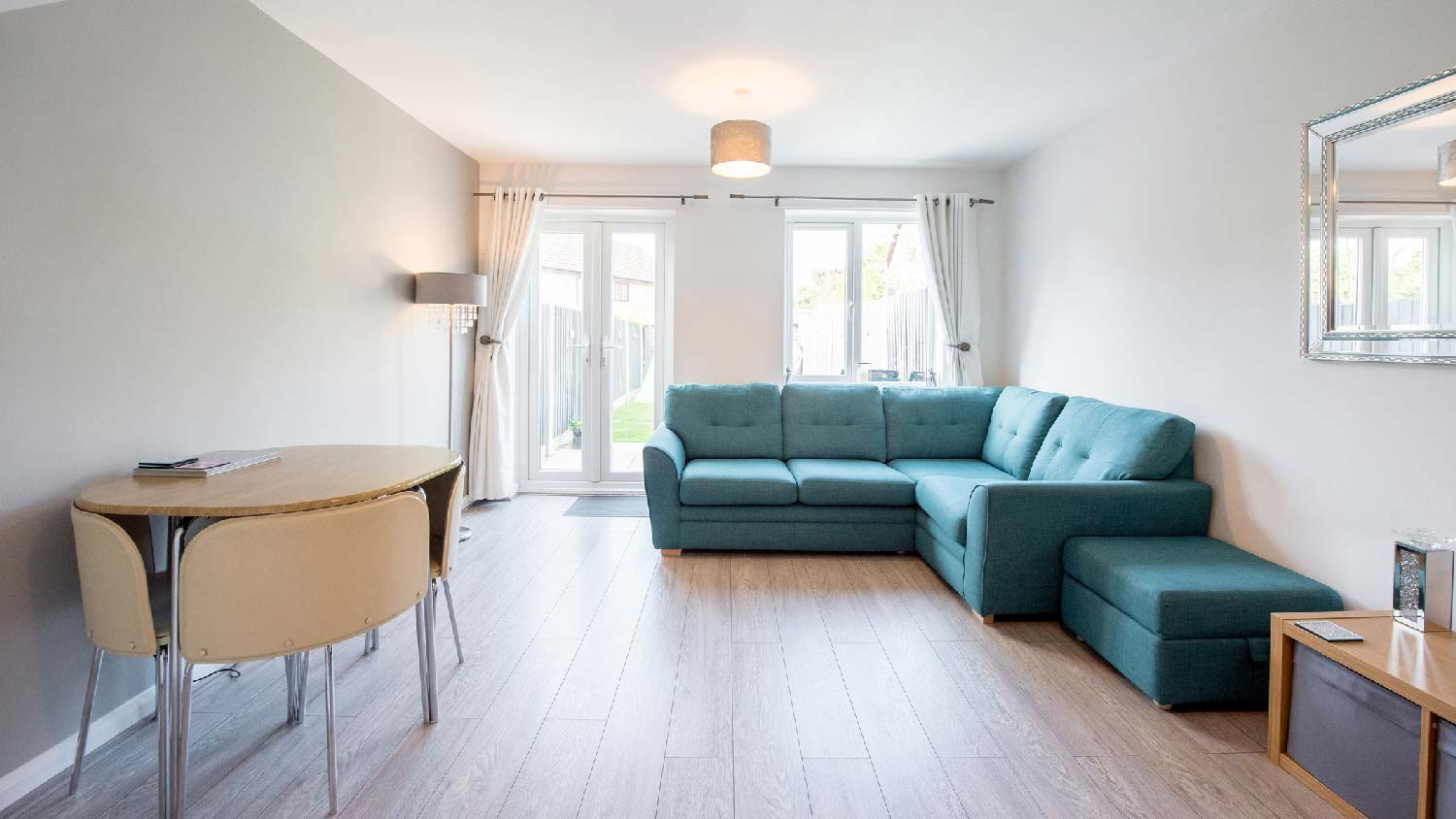
Vinyl planks are a type of synthetic flooring material that mimic the appearance of hardwood planks. These are a popular choice for laying over carpet due to their durability, water resistance, and easy maintenance.
While they are more expensive to install over carpet and can be challenging to install, vinyl planks offer a luxurious transformation for your living space.
| Pros | Cons |
|---|---|
| Hardwood appearance | Higher cost |
| Durable | Complex installation |
| Water-resistant | |
| Easy maintenance |
Best for: Living rooms, dining rooms, or bedrooms.
2. Sheet Flooring
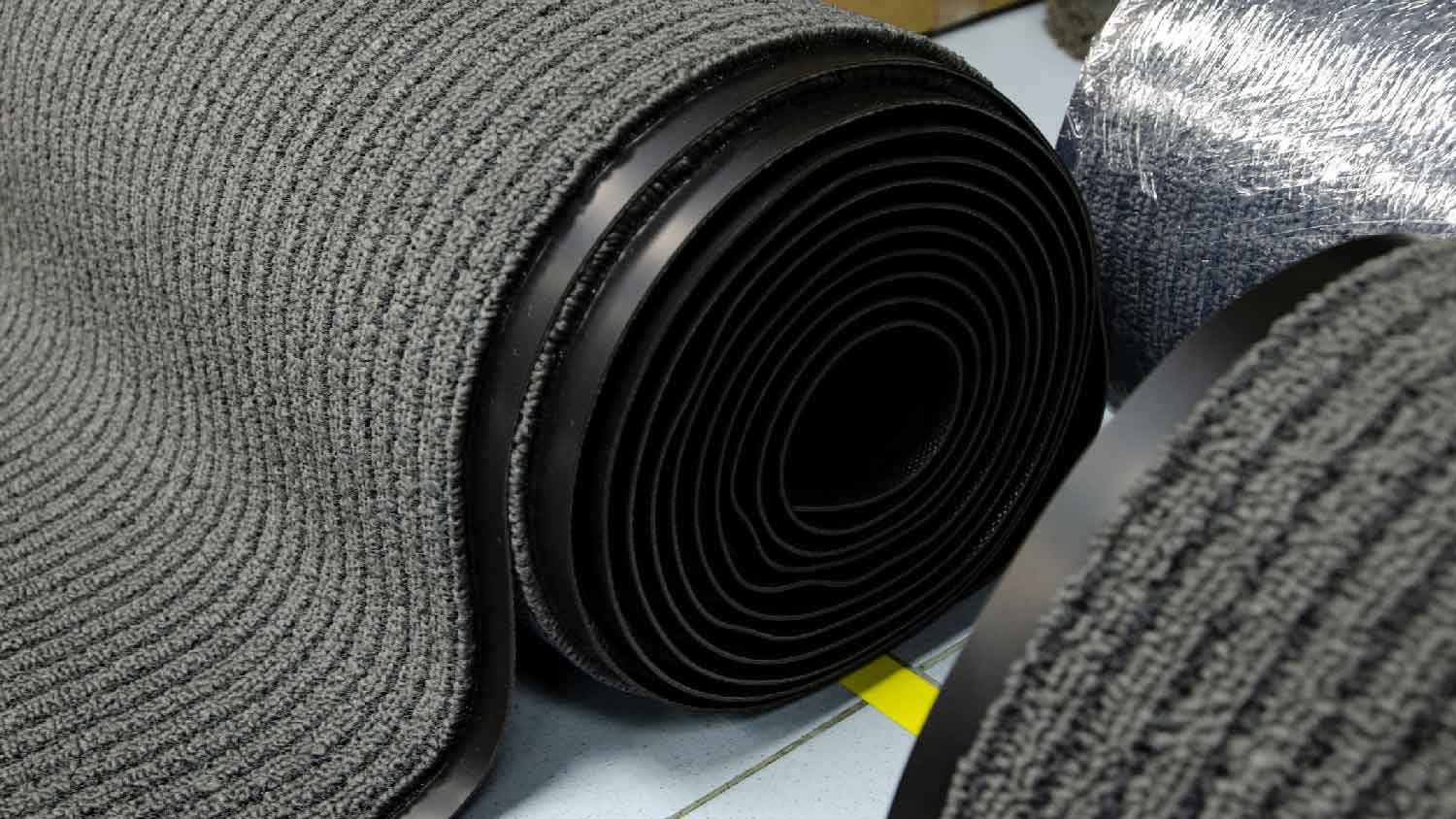
Available in various materials like vinyl, rubber, cork, and even carpet, sheet flooring can be installed over carpet easily and affordably. It’s durable and water-resistant, making it a great choice for high-traffic areas as well as homes with pets and children.
However, maneuvering sheet flooring in small spaces can be challenging, and it can also be an ordeal to repair only small portions that become damaged. Even so, it's an excellent option for spaces with moisture risks, busy households, and tight renovation budgets.
| Pros | Cons |
|---|---|
| Easy installation | Hard to maneuver in small spaces |
| Affordable | Difficult repairs |
| Durable |
Best for: High-traffic areas, houses with pets and children, and projects with a tight budget.
3. Laminate Flooring

Laminate flooring, known for its durability and resemblance to hardwood floors, is another popular synthetic wood flooring option made from wood byproduct. Since it contains wood materials, it’s not completely waterproof. This means that, while cleaning and maintaining laminate is a breeze, it’s not ideal for spaces that have a high moisture risk, since the material could warp.
While it's harder underfoot and more expensive than some flooring alternatives, laminate flooring over carpeting is suitable for low-traffic areas with low moisture risk.
| Pros | Cons |
|---|---|
| Hardwood appearance | Higher cost |
| Durable | Harder underfoot |
| Easy maintenance | Moisture-sensitive |
Best for: Low moisture-risk areas like bedrooms, living rooms, and home offices.
4. Peel-and-Stick Tile
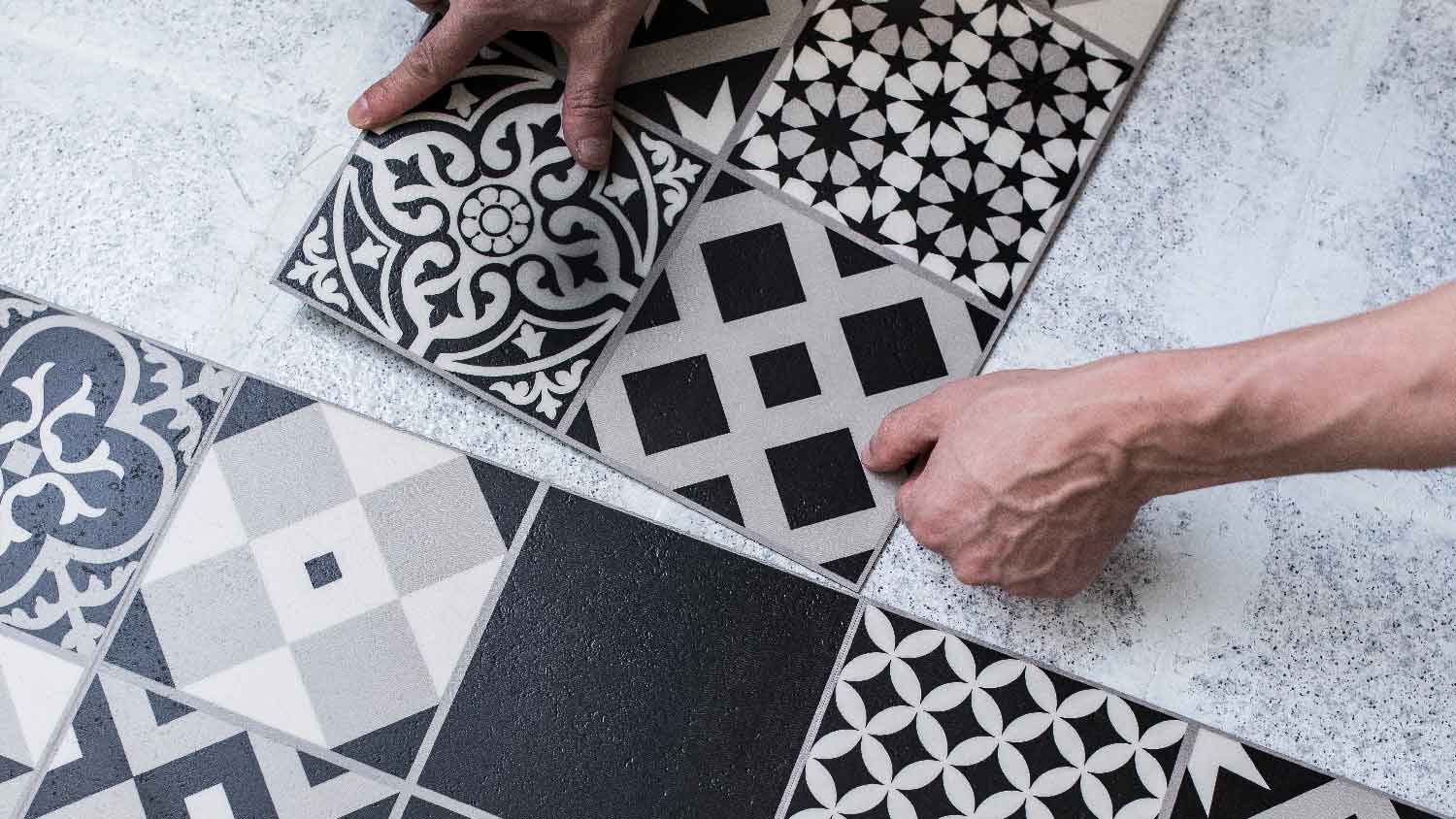
Peel-and-stick tiles are a type of flooring material with adhesive backing, allowing for easy installation by simply peeling off the protective layer and sticking the tiles directly onto the desired surface. This type of flooring, when placed over carpet, does require a solid underlayment over the carpet to create a surface that the tile can stick to.
However, peel-and-stick tiles offer easy installation, affordability, and versatility. While they come in various materials, including linoleum, vinyl, foam, cork, rubber, and carpet, they may lack durability and water resistance, depending on the material chosen. This type of flooring won’t have a lifespan as long as other options, like vinyl or laminate.
| Pros | Cons |
|---|---|
| Easy installation | Lacks durability |
| Affordable | Moisture-sensitive |
| Various materials | Shorter lifespan |
Best for: Temporary flooring projects and low-moisture areas.
5. Modular Carpet Tiles

Can you put carpet over carpet? Yes! And the best option is laying modular carpet tiles over your existing carpet. Carpet tiles are a popular flooring option that provides easy installation and even gives your floor some thermal benefits. That’s because laying carpet over carpet helps to insulate the floor in cold rooms, making this a great option for spaces like basements.
Many types of carpet tiles also use recycled materials in their construction, making them an eco-friendly option. This type of carpeting is easy to install since the tiles simply snap into place, and this also makes them easy to repair, since you can simply replace damaged squares.
On the flip side, modular carpet tiles have been known to wear quickly in high traffic areas and also may require a solid underlay surface if the original carpeting has a high pile. You may also experience issues with a non-uniform overall appearance as well as loose or fraying carpet fibers.
| Pros | Cons |
|---|---|
| Easy installation | Wears quickly |
| Simple repairs | Needs solid underlay |
| Insulates the floor | Non-uniform look |
| Eco-friendly |
Best for: Temporary flooring, basements, and lower traffic rooms.
6. Area Rugs
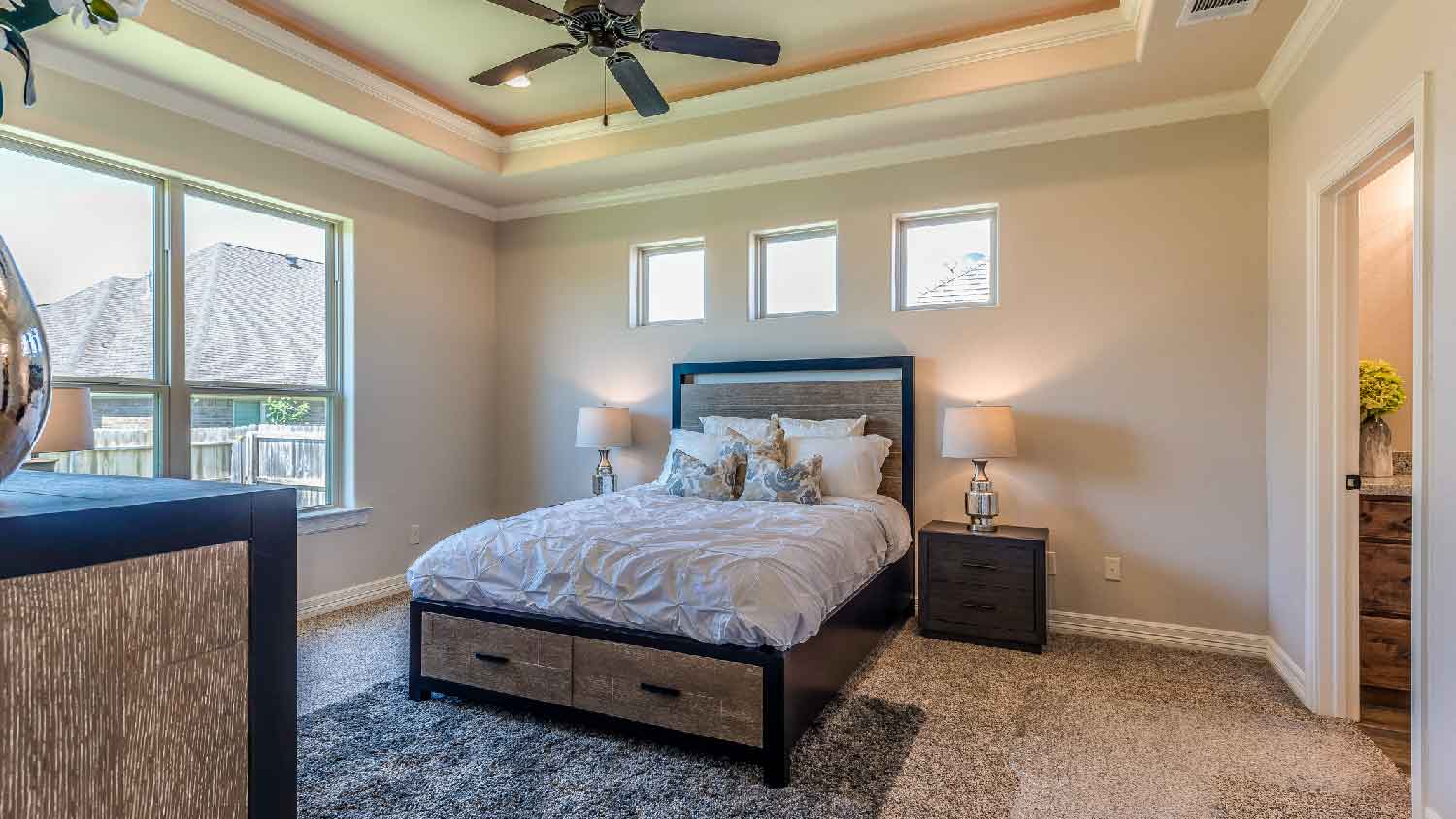
Area rugs offer a simple and easy solution for covering existing carpet. You can choose from a wide variety of styles, colors, and patterns to match your decor. Like modular carpet tiles, area rugs are also great for cold spaces since they add a layer of insulation for the floor.
While they're easy to put down and maintain, area rugs can shift easily, creating a tripping hazard, and they may not cover the old carpet entirely.
| Pros | Cons |
|---|---|
| Easy installation | Shift easily |
| Variety of styles | Tripping hazard |
| Insulates the floor | Not full coverage |
Best for: Laying over existing carpets with minimal damage, especially in living rooms and dining rooms.
7. Tile Bump Top Flooring
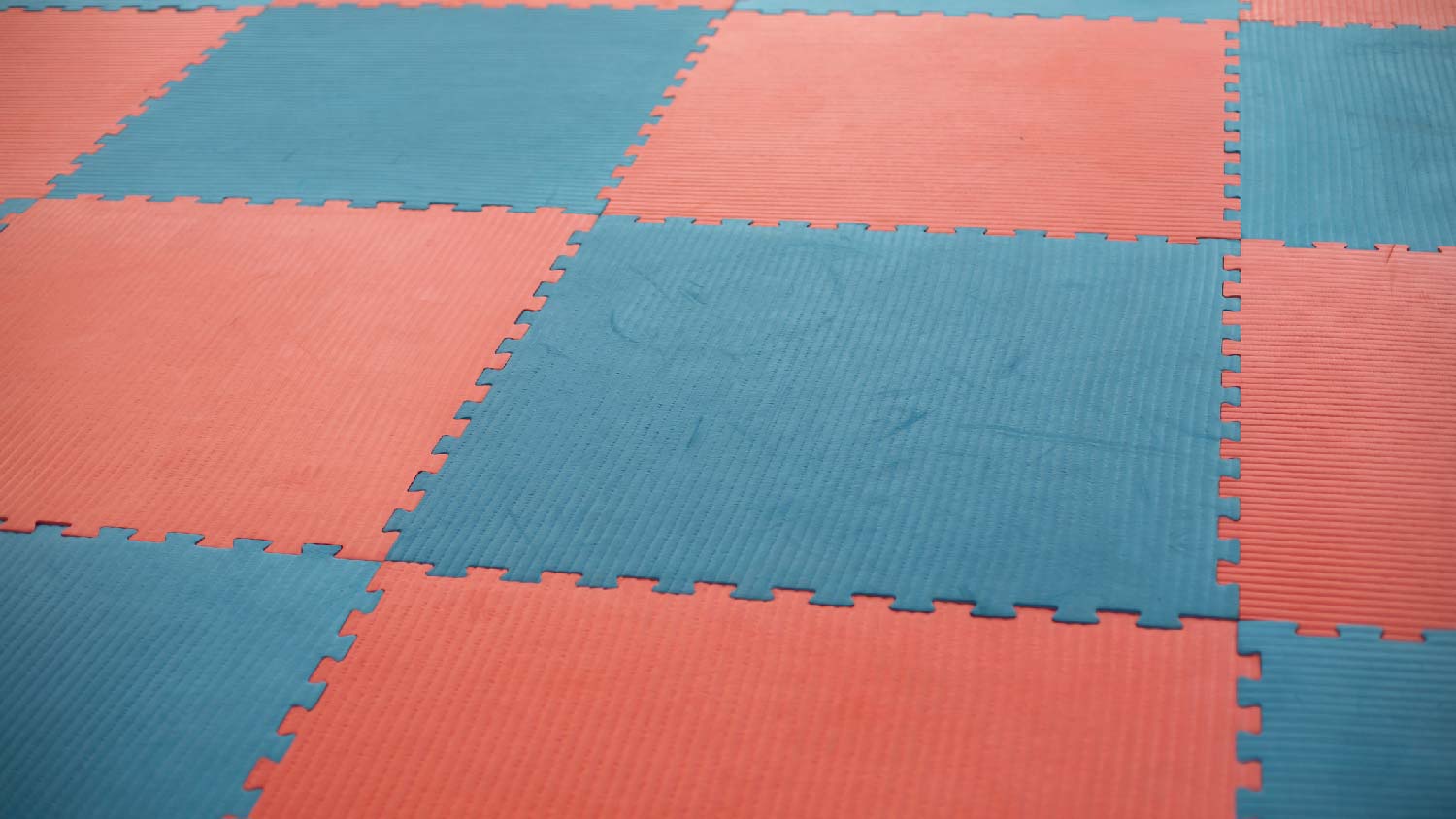
A type of flooring characterized by interlocking tiles with raised, cushioned surfaces, tile bump top flooring provides both comfort and durability. In addition, it’s easy to install and has water-resistant properties to protect against spills or other moisture. This makes tile bump top flooring ideal for spaces like home gyms, play rooms, and basements.
An obvious drawback of tile bump top flooring is its appearance, which only works for certain spaces. It can also be pricier per square foot than other options, and some materials are prone to cracking with excessive use.
| Pros | Cons |
|---|---|
| Cushioned surface | Less versatile |
| Water-resistant | High cost |
| Easy installation | Prone to cracking |
| Durable |
Best for: Home gyms and basements.
Additional Considerations for Flooring That Can Be Laid Over Carpet
Before embarking on this type of flooring project, there are a few things you need to consider and some tasks you should complete before installation.
Considering your type of carpeting and pile — or the length and density of its fibers — is crucial when you’re deciding on flooring that can be laid over carpet. The pile's height can affect the stability and performance of the new flooring.
High-pile carpeting, for example, can cause floorboards to shift or buckle when walked on, potentially leading to an uneven surface and compromised durability. In these cases, you should first lay a solid surface, like plywood, between the carpet and the new flooring to ensure proper support and prevent any issues with installation or long-term use.
On the other hand, low-pile carpeting provides a more stable base for various types of flooring, allowing for smoother installation and better overall performance.
You will also need to ensure your carpet is clean before laying new flooring so that you don’t have dust and allergens seeping through your new floor. Once your carpet is cleaned, ensure it’s completely dry before installing flooring over it to prevent mold growth.
Finally, hiring a local flooring company for this project can ensure the job is done correctly and safely.

.jpg?impolicy=leadImage)

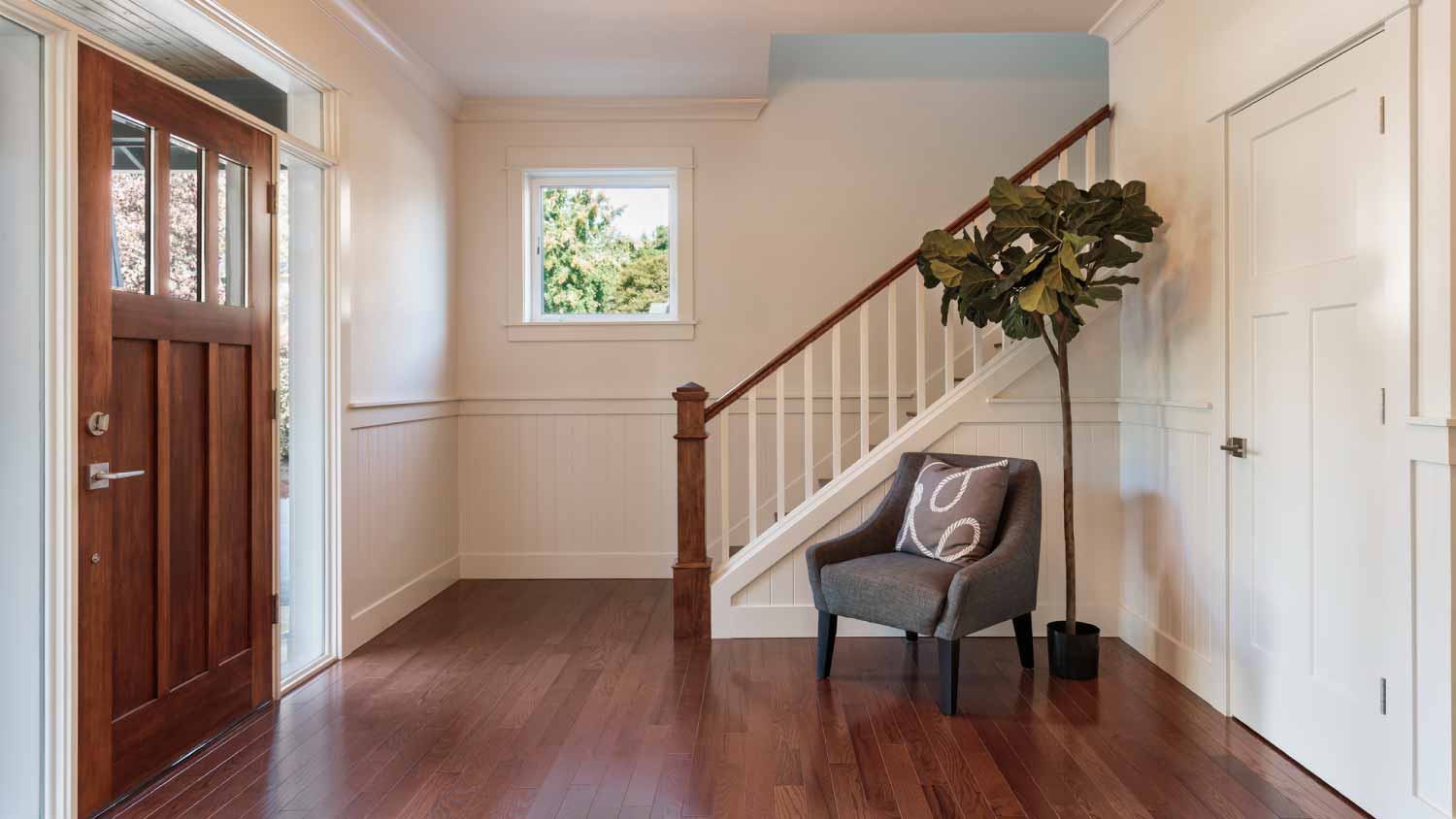

- What Is Carpet Tile and Is It Right for Your Home?
- 6 Inexpensive Flooring Options That Look Good and Save You Money
- How to Choose Carpet for Any Room of Your Home
- Can You Put Carpet Over Tile? Here’s What You Need to Know
- Can You Put Carpet Over Carpet? Pros, Cons, and Best Practices
- 4 Types of Carpet Tiles and How to Choose
- Carpet Tiles vs. Carpet: Which One Will Floor You?
- 11 Types of Flooring to Consider for Your Home
- What Is the Best Carpet for High-Traffic Areas?
- The Complete Glossary of Flooring Terms You Need to Know



